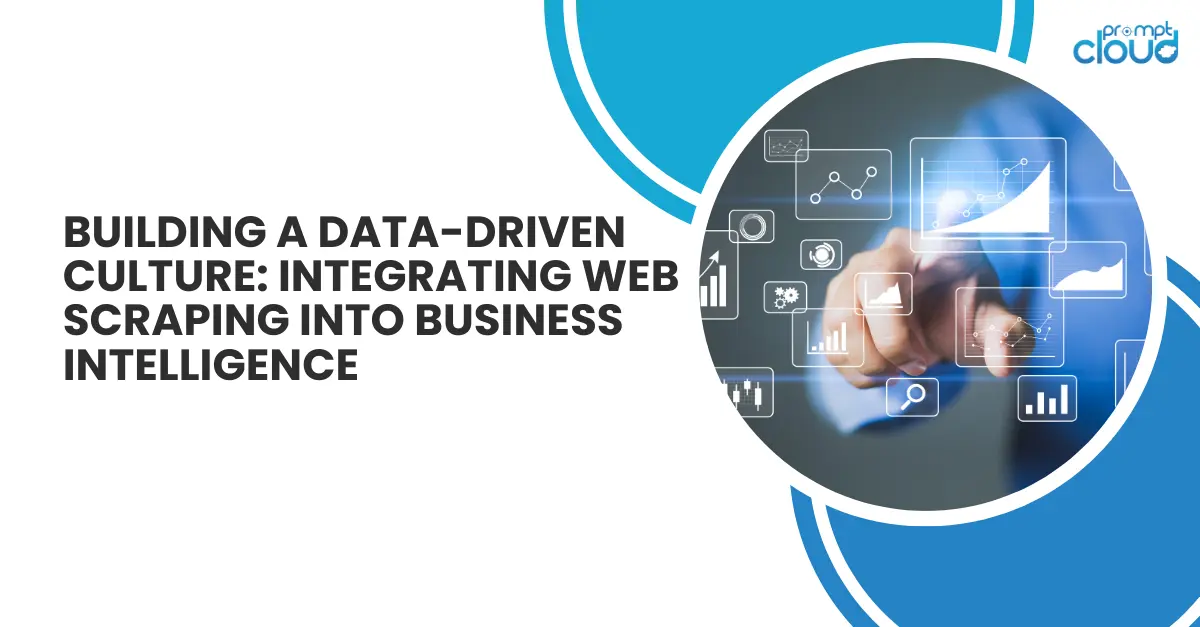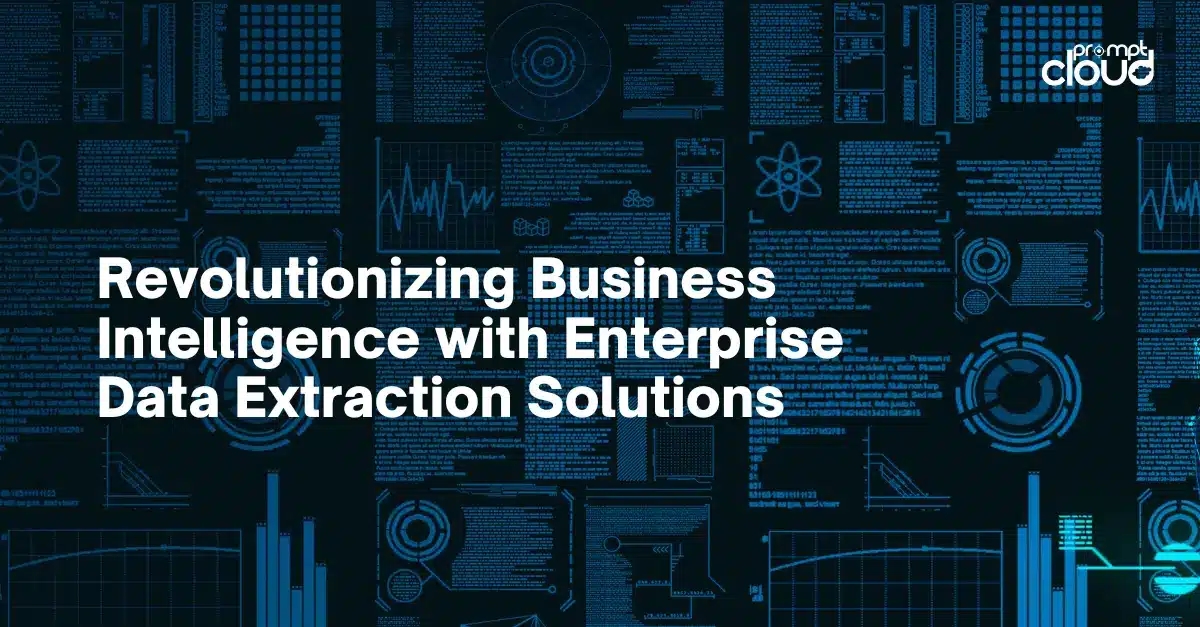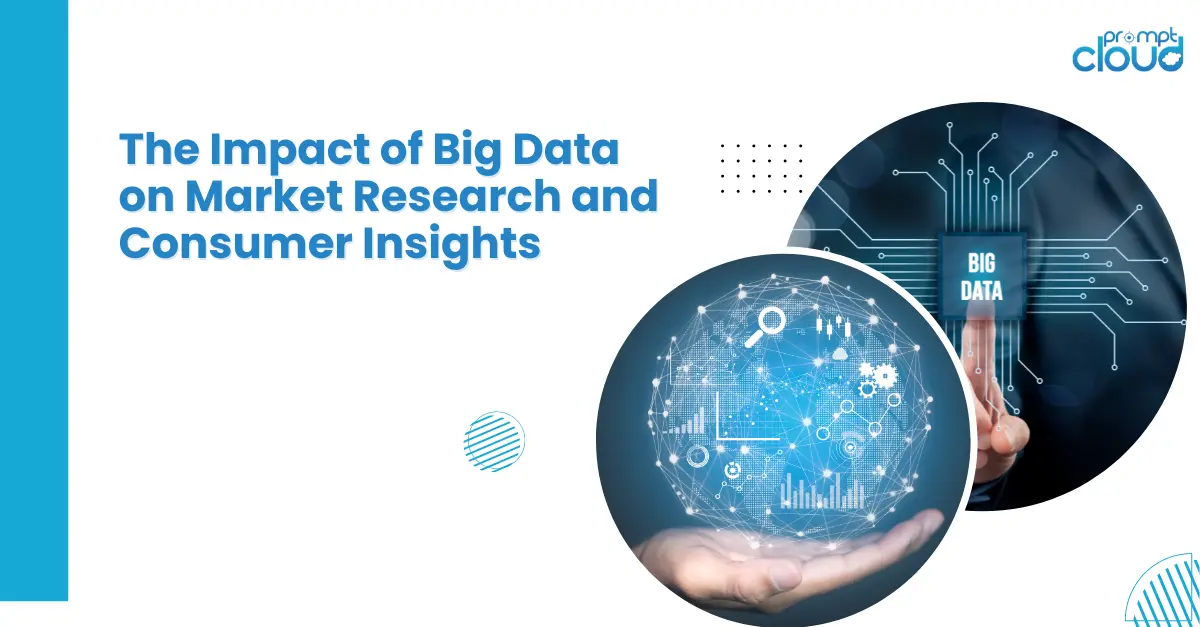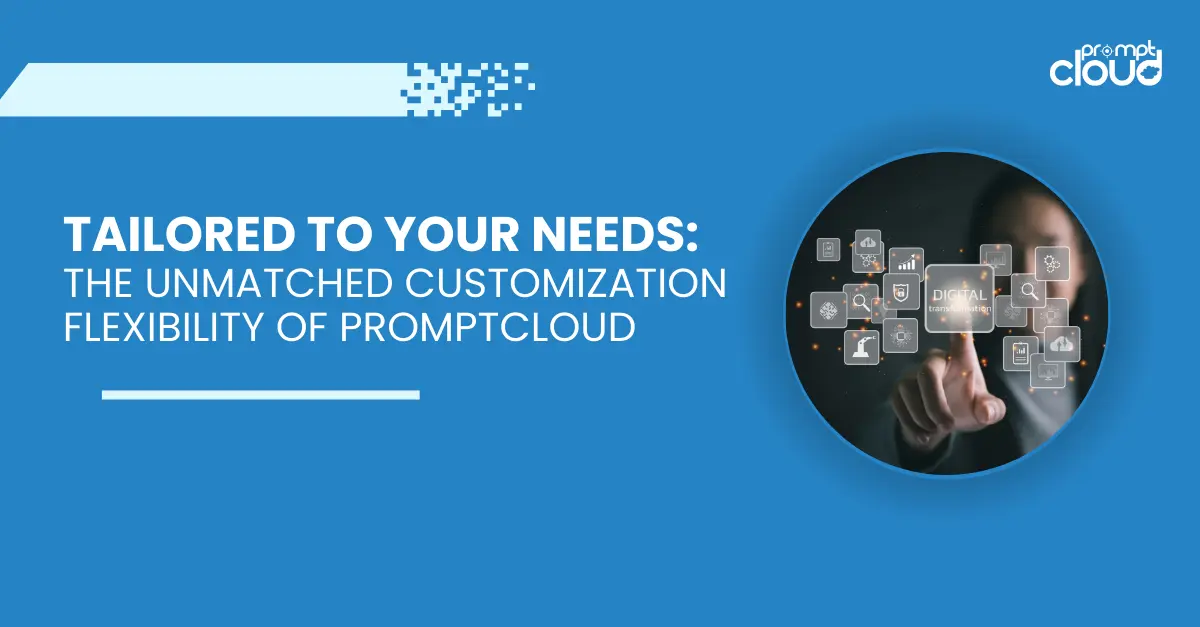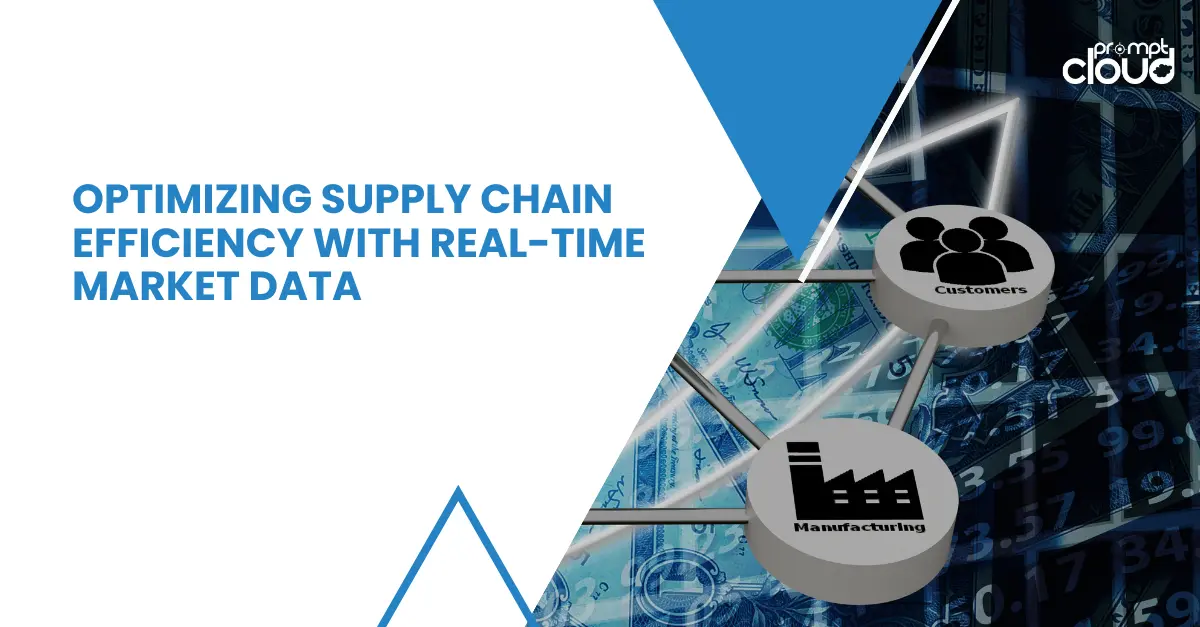
Data extraction is an essential process in the realm of data management, where raw data is identified, collected, and processed from various sources to be used for further analysis. This process plays a pivotal role in transforming unstructured or semi-structured data into a structured format, making it more accessible and interpretable for businesses and organizations.
The significance of data extraction spans across numerous fields. In business intelligence, it serves as the backbone for analyzing market trends, understanding customer behavior, and making data-driven decisions. In the domain of data analysis, it lays the foundation for converting raw data into meaningful insights, driving research, and informing policy decisions. In the rapidly evolving field of machine learning, extraction is crucial for feeding accurate and relevant data into algorithms, ensuring the development of effective and efficient AI models. This article delves into the intricacies of extraction methods and their applications.
What is Data Extraction
Data extraction refers to the process of retrieving structured or unstructured information from various sources, such as websites, databases, PDFs, or other digital formats, and converting it into a usable, structured format. In the context of web scraping, data extraction involves programmatically accessing a website’s HTML, parsing it to extract relevant information like text, links, and other data based on specific patterns or markers, and then storing this information in a structured format such as CSV, JSON, or a database. This automation makes it possible to gather vast amounts of data quickly and efficiently, which can be invaluable for market research, competitive analysis, academic research, and many other applications.
For example, consider a Python script using Beautiful Soup, a popular library for web scraping, to extract the titles and URLs of articles from a blog. The code snippet below demonstrates how to perform this task:
import requests
from bs4 import BeautifulSoupURL of the blog to scrape
url = ‘https://exampleblog.com/’
Send a request to the website
response = requests.get(url)
soup = BeautifulSoup(response.text, ‘html.parser’)Find all article elements
articles = soup.find_all(‘article’)
Loop through each article to extract the title and URL
for article in articles:
title = article.find(‘h2’).text
link = article.find(‘a’)[‘href’]
print(f”Article Title: {title}, URL: {link}”)
This script sends a request to the specified URL, parses the HTML content of the page using Beautiful Soup, and then iterates over each article element to extract and print the titles and URLs. This basic example illustrates the core of data extraction: accessing, parsing, and structurally storing data from web sources. With modifications and expansions, similar scripts can tackle more complex data extraction tasks, supporting a wide range of data analysis and application needs.
Data Extraction Tools
In the vast digital landscape, the importance of efficiently gathering and analyzing data cannot be overstated. Data extraction tools are instrumental in this process, offering a streamlined way to retrieve information from various sources, including websites, databases, and documents. These tools are designed to automate the extraction process, saving businesses and researchers a significant amount of time and resources. They vary widely in their capabilities, from simple web scraping utilities that collect data from web pages to more sophisticated platforms that can extract and process data from complex, dynamic sites using advanced technologies like artificial intelligence (AI) and machine learning (ML).
Web scraping tools, a subset of data extraction utilities, are particularly popular for gathering data from the internet. They work by accessing a website’s HTML code and extracting the data within, based on predefined criteria. This can include product details from e-commerce sites, stock prices, social media posts, and much more. Tools like Beautiful Soup and Scrapy for Python developers, and no-code solutions like Octoparse and ParseHub, cater to a wide range of users—from those comfortable with coding to non-technical users seeking drag-and-drop interfaces. Beyond web scraping, data extraction tools also encompass software designed for extracting data from PDFs, text documents, and images, utilizing optical character recognition (OCR) to convert different types of documents into editable and searchable data.
The choice of a data extraction tool should be guided by the specific needs of the project, including the source of the data, the complexity of the data structure, and the required output format. For businesses, leveraging these tools can lead to more informed decision-making, improved efficiency, and a competitive edge in the marketplace by enabling rapid access to valuable insights and trends. In the academic and research sectors, data extraction tools facilitate comprehensive studies and data analysis across various fields. As data continues to grow in volume and importance, the role of data extraction tools in unlocking its potential cannot be underestimated, making them a critical asset for anyone looking to harness the power of information in the digital age.
Structured vs. Unstructured Data
The distinction between structured and unstructured data is crucial in the context of data extraction:
- Structured Data
This refers to data that is organized in a defined manner, often stored in databases or spreadsheets. It’s easy to search and manipulate due to its fixed fields within a record or file, like names, addresses, credit card numbers, etc. Examples include Excel files, SQL databases, and CRM systems.
Examples:
- Customer Information in a CRM System: Names, addresses, phone numbers, and email addresses stored in a Customer Relationship Management (CRM) system. Each piece of information has its predefined field within the database.
- Sales Transactions: Records of sales transactions that include date, amount, item purchased, and customer ID. These are often stored in tables within a database, making it easy to query, report, and analyze sales performance over time.
- Unstructured Data
- In contrast, unstructured data doesn’t have a pre-defined model or format. It includes text, images, videos, email messages, social media posts, and more. This data is more challenging to analyze and requires more complex processes for extraction and interpretation. Examples include text files, multimedia content, and email messages.
- Examples:
- Social Media Posts: Text, images, and videos shared on platforms like Twitter or Instagram. The content varies widely and doesn’t fit into a regular database schema without significant preprocessing.
- Emails: The body of emails is unstructured text that can include various themes, signatures, and attachments. Analyzing this data requires sophisticated natural language processing tools to extract meaningful information.
Understanding the difference between these types of data is essential for effective extraction, as the methods and tools used may vary significantly depending on the data’s structure.
Types of Data Extraction
Data extraction isn’t a one-size-fits-all process; it involves various methods tailored to specific needs and data types. Understanding these methods is crucial for selecting the right approach for different scenarios. Here, we explore the primary types of extraction: online and offline data extraction, full extraction, and incremental extraction, along with their use cases.
| Extraction Type | Definition | Use Cases |
|---|---|---|
| Online Data Extraction | Retrieving data from sources actively connected to the internet, including web pages and online databases. | Real-time monitoring, web scraping for market research, sentiment analysis, extracting consumer data from online shopping sites. |
| Offline Data Extraction | Extracting data from sources not connected to a network, such as internal servers or physical documents. | Archival records, internal reports, historical data analysis, processing information from legacy systems. |
| Full Extraction | Extracting all data from a source system without conditions or filters. | Initializing data in new storage, system migration, system integration requiring complete data sync. |
| Incremental Extraction | Extracting only data that has changed or been added since the last extraction, focusing on efficiency. | Regular data updates, syncing real-time changes, applications with continuous data updates like e-commerce platforms. |
Online Data Extraction
- Definition: Online extraction involves retrieving data from sources that are actively connected to the internet. This often includes extracting data from web pages, cloud-based storage, and online databases.
- Use Cases: It’s widely used for real-time data monitoring, web scraping for market research, sentiment analysis from social media platforms, and extracting consumer data from online shopping sites.
Offline Data Extraction
- Definition: Offline extraction refers to the process of retrieving data from sources not actively connected to a network, such as internal servers, standalone databases, or physical documents.
- Use Cases: This method is ideal for extracting data from archived records, internal reports, historical data analysis, and processing information from legacy systems that aren’t connected to the internet.
Full Extraction
- Definition: Full extraction involves extracting all the data from a source system or database. In this method, the entire dataset is retrieved without any condition or filter.
- Use Cases: Full extraction is useful for initializing data in a new storage location, system migration, or when integrating systems that require a complete data sync.
Incremental Extraction
- Definition: Incremental extraction focuses on extracting only the data that has changed or been added since the last extraction. This method is efficient in terms of time and resource usage.
- Use Cases: It’s commonly employed for regular data updates, such as updating a data warehouse, syncing real-time data changes, and for applications where data is continuously updated like e-commerce platforms or user activity tracking systems.
Challenges in Data Extraction
Data extraction, while vital, comes with its set of challenges. Understanding these challenges is crucial for effective data management. Below are some common hurdles encountered in the extraction process, along with strategies and best practices to overcome them.
Data Quality
- Issue: Extracted data often contains errors, inconsistencies, or irrelevant information, which can lead to inaccurate analysis and decision-making.
- Solution: Implementing rigorous data validation and cleaning processes is essential. Utilize tools and algorithms to detect and correct errors, standardize data formats, and remove duplicates.
- Best Practice: Establish a continuous data quality monitoring system to ensure the integrity and accuracy of the data over time.
Data Format Diversity
- Issue: Data comes in a wide variety of formats, ranging from structured data in databases to unstructured data like emails and images. This diversity makes extraction complex.
- Solution: Use advanced extraction tools capable of handling multiple formats. Employ data transformation techniques to convert unstructured data into a structured format.
- Best Practice: Develop a flexible extraction framework that can adapt to various data formats and evolve with changing data trends.
Scalability
- Issue: As organizations grow, the volume of data increases exponentially, and the extraction process must scale accordingly without losing efficiency.
- Solution: Opt for scalable cloud-based solutions or distributed computing platforms that can handle large volumes of data. Automate the extraction process to reduce manual intervention and increase efficiency.
- Best Practice: Regularly assess and upgrade the extraction infrastructure to ensure it meets the growing data demands. Plan for scalability from the outset of the data extraction system design.
Addressing these challenges requires a combination of the right technology, well-defined processes, and ongoing management. By focusing on quality, adaptability, and scalability, organizations can harness the full potential of their data through effective extraction practices.
Harnessing the Power of Data Extraction with PromptCloud
What is data extraction, you may ask, in conclusion, extraction stands as a crucial component in the data-driven landscape of modern business. The challenges and complexities of extracting data from diverse sources, maintaining its quality, and ensuring scalability, are significant yet surmountable. This is where PromptCloud’s expertise comes into play.
PromptCloud offers a comprehensive suite of extraction services tailored to the unique needs of businesses. With advanced technologies and expert methodologies, PromptCloud ensures the extraction of high-quality, relevant data, catering to various industries and business requirements. Whether it’s handling large-scale data extraction, managing diverse data formats, or ensuring real-time data retrieval, PromptCloud’s solutions are designed to streamline and enhance the extraction process.
Ready to unlock the full potential of your data? Connect with PromptCloud today. Visit our website, explore our solutions, and discover how we can tailor our data extraction services to your specific business needs. Don’t let the complexities of extraction hold you back. Take the first step towards data-driven success with PromptCloud. Get in touch with us at sales@promptcloud.com
Frequently Asked Questions
What is meant by data extraction?
Data extraction refers to the process of retrieving and collecting data from various sources. This can include databases, websites, documents, and other data repositories. The goal is to convert this data, which can be in unstructured or semi-structured formats, into a structured form for further analysis, processing, or storage. This process is fundamental in areas like data analysis, business intelligence, and machine learning, where making informed decisions depends on accurate, comprehensive data. Hope this answers your questions on what is data extraction.
What is an example of data extraction?
A common example of extraction is web scraping. This involves extracting data from websites. For instance, a company might use web scraping to gather information about competitors’ products and pricing from their websites. The extracted data, which could include product descriptions, prices, and reviews, is then used for market analysis, pricing strategies, or to improve their own product offerings. This process automates the collection of vast amounts of data from multiple web pages, which is then structured for analysis, providing valuable insights that would be time-consuming to gather manually.
What is the aim of data extraction?
The primary aim of extraction is to gather and consolidate different data types from multiple sources, converting them into a unified, structured format that can be used for further analysis and processing. This process is crucial for businesses and organizations to:
- Make Informed Decisions: By extracting relevant data, companies can analyze trends, understand customer behavior, and make data-driven decisions.
- Enhance Efficiency: Automating the extraction process saves time and resources, allowing for quicker data analysis and reporting.
- Improve Accuracy: Extraction helps in reducing human errors, ensuring more accurate and reliable data.
- Enable Integration: It allows for the integration of data from various sources, providing a holistic view of the information.
- Drive Innovation: By having access to comprehensive data, organizations can identify new opportunities, optimize operations, and innovate in their products or services.
What are the 3 types of extraction?
In the context of extraction, there are primarily three types:
- Full Extraction: This involves extracting all data from the source system or database at once. It’s typically used when initializing a new system or migrating data from one platform to another. Full extraction is useful for scenarios where tracking changes in the data source is not necessary or possible.
- Incremental Extraction: Unlike full extraction, incremental extraction only retrieves data that has been changed or added since the last extraction. This method is efficient in terms of storage and processing, as it avoids duplicating the entire dataset. Incremental extraction is common in systems where data is frequently updated, such as in real-time analytics or regular data synchronization tasks.
- Logical Extraction: This type of extraction involves retrieving data based on specific logic or criteria, such as a particular date range, set of values, or specific fields. Logical extraction is useful for targeted analysis, reporting, or when dealing with large datasets where full or incremental extraction might be impractical.
Each of these extraction types serves different purposes and is chosen based on the specific requirements of the extraction process.
What are the ways of data extraction?
Data extraction can be performed through several methods, depending on the source of the data and the specific needs of your project. Here are the primary ways of data extraction:
Manual Data Extraction
This involves manually collecting data from sources and inputting it into a computer system. It’s time-consuming and prone to errors but may be necessary for small-scale projects or when dealing with complex or unstructured data that automated tools cannot accurately process.
Automated Data Extraction
Automated data extraction uses software tools to automatically collect and process data from various sources. This method is efficient, accurate, and scalable, suitable for large datasets and regular data collection needs. It includes web scraping for online data, API extraction, and using OCR (Optical Character Recognition) for extracting data from images or scanned documents.
Web Scraping
A specific type of automated data extraction focused on retrieving information from websites. Web scraping tools simulate human browsing to collect data from web pages, making it ideal for extracting product information, social media content, news articles, and more.
API Extraction
Many modern web services and platforms offer APIs (Application Programming Interfaces) that provide a structured way to request and retrieve data. API extraction is highly efficient and reliable, as it allows direct access to the source’s data in a structured format.
Database Extraction
This method involves extracting data directly from databases using queries. It’s used for accessing structured data stored in SQL, NoSQL databases, or data warehouses. Database extraction is essential for business intelligence, data migration, and backup tasks.
Optical Character Recognition (OCR)
OCR technology is used to extract text from images, scanned documents, and PDFs, converting them into editable and searchable digital formats. It’s particularly useful for digitizing printed records, processing forms, and extracting information from physical documents.
Each of these data extraction methods has its advantages and use cases, and the choice depends on factors like data source, structure, volume, and the specific requirements of your project.
Is data extraction a skill?
Yes, data extraction is indeed a skill, and it’s increasingly becoming a vital one across various industries. The ability to efficiently and accurately extract data from diverse sources – whether from web pages, databases, documents, or other digital formats—requires a combination of technical knowledge, analytical thinking, and attention to detail.
Proficiency in data extraction involves understanding different methods of extraction, such as manual data entry, automated web scraping, API use, working with databases, and employing optical character recognition (OCR) for document processing. Moreover, it encompasses skills in programming languages like Python or R, especially for automated extraction, and familiarity with tools and libraries such as Beautiful Soup, Scrapy, or Selenium for web scraping, and SQL for database management.
Data extraction specialists must also navigate the ethical and legal considerations surrounding data collection, ensuring compliance with laws like GDPR or CCPA when handling personal information.
Furthermore, the ability to clean, process, and organize the extracted data into a usable format is part of the broader skill set needed to turn raw data into actionable insights.
As businesses and organizations continue to rely on data-driven decision-making, the demand for skilled professionals capable of performing sophisticated data extraction and analysis grows. Developing expertise in data extraction not only opens up opportunities in data science, business intelligence, and market research but also enhances one’s ability to contribute to the strategic use of data in any role or industry.
What is SQL data extraction?
SQL (Structured Query Language) data extraction refers to the process of retrieving specific information from databases using SQL commands. SQL is a powerful language designed specifically for managing and manipulating relational databases. In the context of data extraction, SQL allows users to precisely define the data they want to retrieve through the use of queries, making it an essential skill for data analysts, database administrators, and anyone working with data stored in relational database management systems (RDBMS).
The process of SQL data extraction involves writing and executing SQL queries that select data from one or more tables within a database. These queries can range from simple commands that retrieve all records from a single table to more complex queries that involve joining tables, filtering records based on specific criteria, grouping data, and applying aggregate functions to summarize information.
For example, consider a database containing a table named Customers with columns for CustomerID, Name, Email, and Location. To extract a list of names and emails of customers located in “New York”, one might use the following SQL query:
SELECT Name, Email
FROM Customers
WHERE Location = ‘New York’;
This query demonstrates the power of SQL data extraction by allowing for precise, efficient retrieval of data based on specified conditions. SQL’s versatility in data extraction makes it indispensable for tasks such as generating reports, conducting data analysis, performing data migrations, and supporting business intelligence activities.
SQL data extraction’s advantages include its ability to handle large volumes of data, the support for complex queries and operations, and its wide adoption across various types of relational databases, including MySQL, PostgreSQL, SQLite, Oracle, and Microsoft SQL Server. As data continues to play a crucial role in decision-making processes across industries, proficiency in SQL and understanding its application in data extraction remains a valuable skill in the data management and analysis domain.
What do you mean by data collection?
Data collection refers to the systematic process of gathering and measuring information from various sources to get a complete and accurate picture of an area of interest. This process enables researchers, businesses, analysts, and organizations to make informed decisions based on empirical evidence and insights derived from the data. Data collection can be conducted through various methods, including surveys, interviews, observations, experiments, and by extracting data from existing databases or the internet.
The purpose and objectives of the research or analysis project dictate the choice of data collection method. For instance, quantitative data collection focuses on numerical and statistical data and often employs tools like online surveys, structured interviews, and systematic observations. On the other hand, qualitative data collection aims to understand concepts, thoughts, or experiences and utilizes methods such as open-ended surveys, in-depth interviews, and participant observations.
Effective data collection requires careful planning to ensure that the gathered data is reliable, valid, and representative of the population being studied. This involves defining clear research questions, choosing appropriate data collection methods, designing tools for accurate data gathering, and ensuring ethical standards are maintained throughout the process, especially when dealing with sensitive information or human subjects.
In the digital age, data collection also involves the use of advanced tools and technologies, including web scraping for online data extraction, analytics platforms for tracking user interactions on websites, and software applications for automating surveys and feedback collection. Whether through traditional methods or digital means, data collection serves as the foundation for generating insights, testing hypotheses, and driving data-driven decision-making across various fields and industries.
What are the 5 methods of data collection?
Data collection is a crucial step in research and analysis, providing the foundation upon which insights and conclusions are built. There are several methods for collecting data, each with its own advantages and suitable applications. Here are five commonly used methods:
Surveys and Questionnaires
Surveys and questionnaires are widely used for collecting data from a large number of respondents in a structured manner. They can be distributed online, via email, in person, or by phone. This method is versatile and can be used to gather both quantitative and qualitative data, depending on the nature of the questions asked (open-ended or closed-ended).
Interviews
Interviews can be structured, semi-structured, or unstructured, ranging from formal, predetermined questions to open-ended conversations. They are particularly effective for gathering detailed qualitative insights into participants’ attitudes, experiences, or behaviors. Interviews can be conducted face-to-face, over the phone, or using video conferencing tools.
Observations
Observational research involves collecting data by watching participants in natural or controlled environments. It can be conducted overtly or covertly, and it can be participatory, where the researcher is involved in the activities being observed, or non-participatory. This method is often used in social sciences, anthropology, and market research to gather unfiltered information about people’s behavior and interactions.
Experiments
Experiments involve manipulating one or more variables to observe the effect on another variable, allowing researchers to determine causality. This method is commonly used in scientific research, psychology, and social sciences. Experiments can be conducted in controlled environments (laboratories) or in natural settings (field experiments).
Document and Record Review
This method involves analyzing existing documents and records to collect data. Sources can include public records, company reports, historical archives, and previous research studies. Document review is particularly useful for historical research, legal research, and whenever primary data collection is not possible.
Each of these methods has its own strengths and is suitable for different types of research questions and objectives. The choice of data collection method depends on the research design, the nature of the data being collected, and the resources available for the study.
What are the 4 types of data collection?
The four primary types of data collection methods used across various fields and research disciplines can be categorized into quantitative and qualitative approaches, each with its distinct methodologies:
Quantitative Data Collection
Quantitative data collection methods focus on gathering numerical data that can be quantified and subjected to statistical analysis. The goal is to obtain data that can be used to identify patterns, make predictions, and test hypotheses. The two main quantitative data collection methods are:
Surveys and Questionnaires
These are structured tools that include closed-ended questions designed to collect specific, measurable information from a large group of respondents. They are effective for understanding trends, behaviors, and preferences across a population.
Experiments
This method involves manipulating one or more variables to observe the effect on other variables in a controlled setting. Experiments are fundamental in scientific studies where establishing causality is crucial.
Qualitative Data Collection
Qualitative data collection methods are aimed at gathering non-numerical data to gain insights into people’s attitudes, behaviors, and experiences. The focus is on understanding the “why” and “how” behind a phenomenon rather than quantifying it. The two main qualitative data collection methods are: Interviews and Observations.
These four fundamental types of data collection provide researchers and analysts with diverse tools to approach different research questions and objectives. Choosing the right method depends on the nature of the research, the type of data needed, and the resources available.











